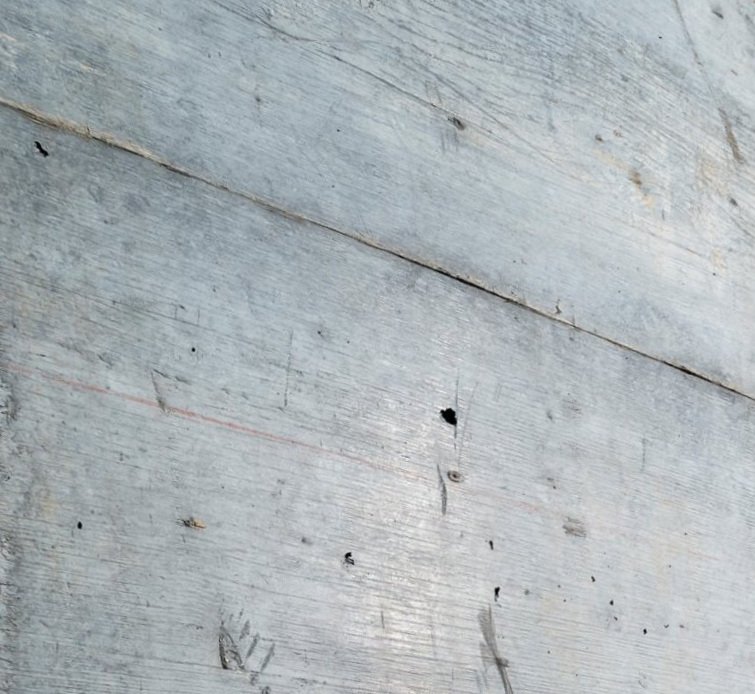Fact sheet biochar concrete
Key Facts A1-3
CO₂- emissions: 131.6 kg/m³
Specific weight: 2350 kg/m³
Fire protection class: A1 according to EN 13501-1; DIN 4102
Thermal conductivity: 0.138 - 0.155 W/m.ºK
The only significant way to get a C-sink in concrete at the moment is biochar. There are a number of start-ups in this area. We have achieved industrial scaling through our own research & development together with CarStorCon. You can now use biochar concrete in any construction project and receive CO2 certificates for your use. Worldwide.
-
CO₂- Capturing biogenic: 3.19 kg CO₂/kg biochar = CO₂ - reduction of greenhouse gases through photosynthesis
100% from biogenic residues - organic materials from waste e.g. green waste, municipal waste
Biomass to biochar: Green waste is thermally decomposed/gasified in a controlled manner
with a lack of O₂ and used for energy (pyrolysis at approx. 700 °C)contains approx. 87 % organic carbon and has a
surface area of 400 m²/gReplaces aggregates with negative environmental impact - Life cycle assessment improvement
-
More environmentally friendly than normal concrete
more difficult flammability - strongly covalent C-C
bonds delay oxygen transportlow thermal conductivity- high porosity
interrupts thermal bridgeslow (bulk) density - lighter concrete
increased flexural strength - mechanical interlocking
of the biochar with the cement matrix
-
#biogen:
CO₂- Capturing: 3.19 kg CO₂/kg plant carbon
CO₂- emissions Production: 0.2 kg CO₂/kg vegetable carbon
If plant carbon is installed, the absorbed CO₂ remains stored for long periods.
-
Biochar embodies optimal resource utilization
Food/wood waste means waste of resources used for production (land, water, energy, inputs)
Cradle-to-Cradle: concrete with biochar is recyclable, or can be crushed and returned to production
-
Approx. 100 CHF /m3 more expensive than conventional concrete
Additional costs can be partially offset by CO2 certificates
If the dosage is "wrong", the concrete quality decreases, which in turn has to be compensated for with more cement.
Conclusion: CO2 net emissions from 230 to around 130kg/m3 is a milestone. However, "climate concrete" is a fallacy as much more cement is used to achieve parity.
-
CO₂ calculation according to ÖKOBAUDAT current version 2021-II from 25.06.2021 according to EN15804+A2







